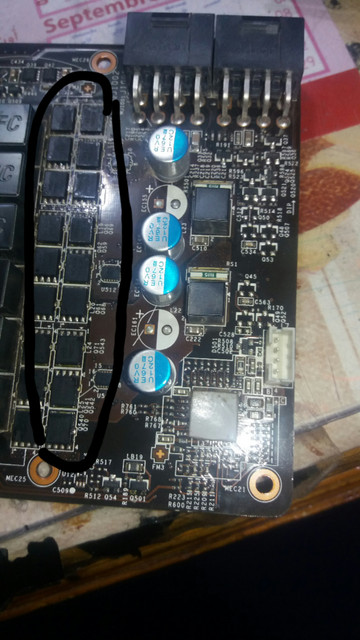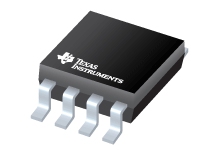Hi guys , i have msi gtx 770 tf , when i start my pc there is no signal and the fans run at 100% .
When i check it i noticed that the mosfets and the electrolytic capacitors are shorted !!!

And there is no short in the smd caps behind the gpu
Please help me how can i solve this problem
When i check it i noticed that the mosfets and the electrolytic capacitors are shorted !!!

And there is no short in the smd caps behind the gpu
Please help me how can i solve this problem


